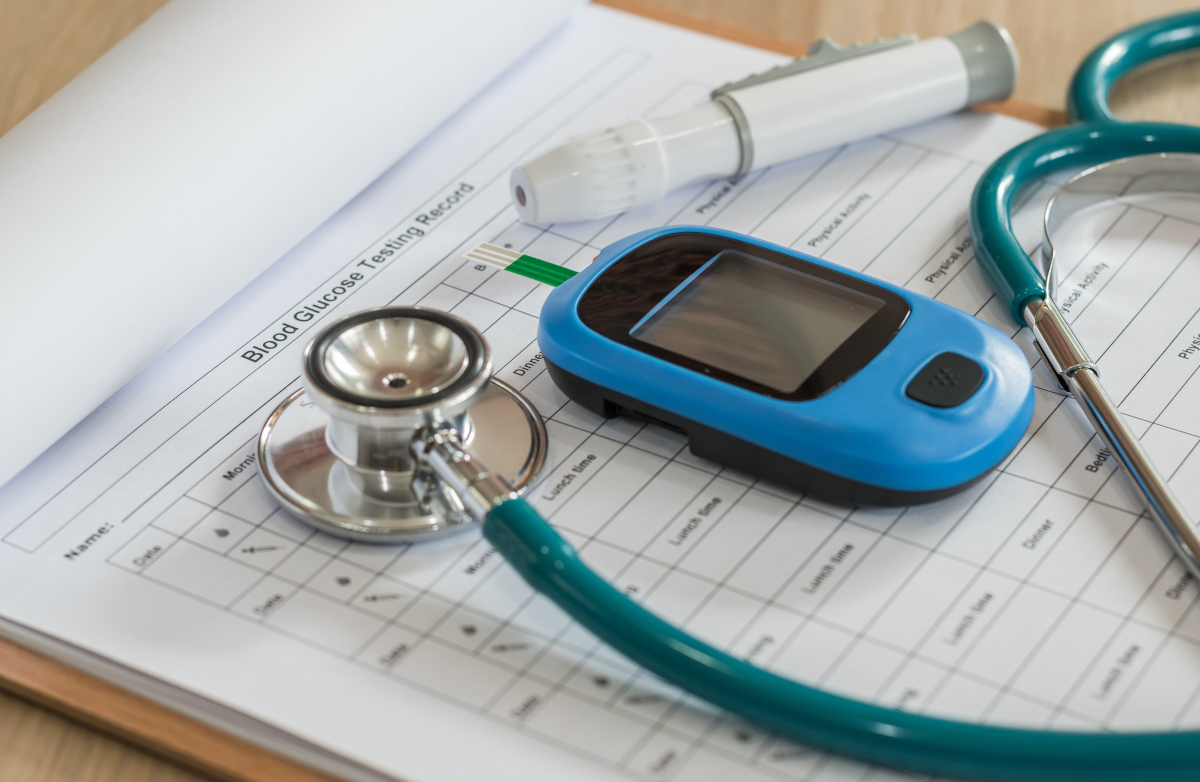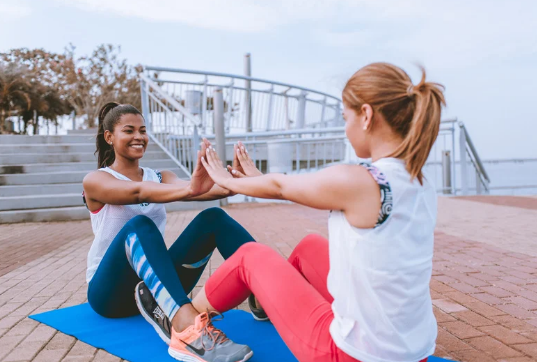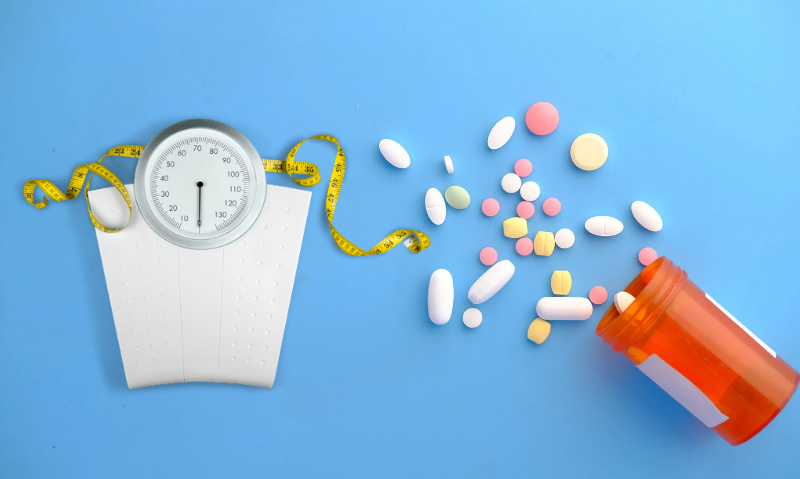They’re playing your high school music on throwback Thursday. Your favorite video games are being collected by “retro” enthusiasts. Face it, guys: You’re getting older.
And stuff’s happening to your body that you thought was for “old” men—your knee creaks a bit when you climb stairs or your back jolts a bit when you stand.
But there’s good news, too: You’re getting more resilient. In fact, studies show that the older you get, the better you are—mentally, at least—at bouncing back. And you’re getting wiser, too. Which is why knowing more of what’s going to happen as you age is a good thing, as it allows you to prepare for those changes. As you tack on more years, keep an eye out for these five growing pains and arm yourself with the knowledge you need to better deal with the change.
Growing Pain #1: You’re losing power.
When it comes to your body, power means something different than strength: Power is not just a measure of how much weight you can move, but how quickly you can move it. Squat a lot? That’s strength. Jump high? That’s power.
“I used to have a 37- or 38-inch vertical. If I tried to do that now, I’d blow something out,” says Shawn Arent, Ph.D., professor and chair of exercise science at the University of South Carolina. You might not think that’s a big deal, but power isn’t just for jumping high. It can also save you from injury—if you start to fall and you react quickly enough to catch yourself before taking a big tumble, that’s all muscular power. And because falls become a bigger and bigger risk as we age—one out of four Americans aged 65 and over falls each year, resulting in 2.8 million trips to the emergency room—a loss of power is cause for concern.
Part of the reason for this loss of power is that as we age, the muscle we lose is often predominantly fast-twitch muscle—and that’s the type that’s needed for power. But it can also be—as Arent says it was for him—that we don’t do power work in the gym anymore. When you were young, you were doing power work all the time—jumping, bounding, and more. But as you get older and the pickup basketball games turn into leisurely walks and charity 5Ks, you can lose it.
Growing Pain #2: You won’t recover as quickly from physical activity.
Whether it’s due to a loss of lean muscle, changes in hormones—both of which we’ll get to in a second—or just more miles on your tires, recovering from physical activity gets tougher and takes longer as you age.
To combat the lengthy recovery time, Steven Head, author of "Not Another Fitness Book, A Memoir. A Manual. A Message for 49 Million Baby Boomers", prescribes himself and his clients shorter workouts that provide what the body needs—rather than what the ego may want. “My workouts are, volume-wise, half to two-thirds of what they were in my thirties,” the 60-plus-year old trainer says. “But I maintain the strength, mobility and power to do what I want to do—for me, that’s to play baseball at a pretty high level.”
What to do: Cut your workout volume in half from when you were younger. Volume is the total amount of weight you do for an exercise. For example, if you do three sets of eight bench presses with 150 pounds, your total volume is 3600 pounds. If you do eight sets of eight pushups, your total volume is 64 pushups.
“You don’t need a 500-pound squat. You don’t need a 315-pound bench press. You need to move better,” Head explains. “Strong enough is strong enough,” and half of your younger days’ work will get you there, with less stress from which you'll need to recover.
In cutting your volume, focus your workout on big, multi-joint exercises, such as squats, lunges, rows and other exercises that move more than one joint as a time to give you more bang for your buck—and get you out of the gym and on the road to recovery faster.
Growing Pain #3: If you don’t use your mobility, you’ll lose it.
It's not just your imagination—you stiffen up as you age. In a study of people aged 55 to 86, scientists found that men’s shoulder mobility decreased by five degrees per decade, and hip mobility decreased by six degrees per decade. Head believes this reduction isn’t because you age—it’s because you don’t use your flexibility as you age.
“I call it ‘premature rigor mortis.’ We become beef jerky over time. But we want to be like we were when we were younger—supple and juicy,” he says. Basically, if you use it, you won’t lose it. “Instead of trying to reclaim your high school football weight room days, put in the time to get more mobile and more elastic.”
What to do: Move side-to-side more and devote a few minutes each day to mobility.
Almost every move we do in the gym involves going forwards and backwards, Arent says. But when you were a kid—with those supple joints—you would move in all different directions as you played tag, ball, and more. To maintain mobility, at the start of your workout—or as a workout of its own—add some lateral movement, where you’re going from side to side.
“Do some side shuffles or some lateral-moving bear crawls,” where, on all fours, you move sideways for a few shuffles, then come back. This move can increase your core stability and mobility in both the shoulders and hips. You can even do a move that combines moving forward to back and side to side: “Try a 45-degree lunge. Instead of stepping straight forward, step out at an angle. It’s not fully lateral, but you’re moving through something other than that [front-to-back] plane.” Stretches like downward-facing dog or hip marches are also easy to incorporate throughout the day.
Doing these moves can help your hips stay mobile, which helps more than just your hips: “Hip mobility affects mobility above and below the hip,” says Head. To keep hips moving, he recommends some simple hip stretching every day, whether it's in the gym after a workout or at home in front of the T.V.
Growing Pain #4: Your bowels will slow down.
Older adults are more likely to experience constipation, both for reasons you can control and others you cannot. Factors you can control include exercise, hydration and your diet. By exercising more, you keep things moving the way they're meant to move; by eating more fiber, you help keep your digestive tract working efficiently; and by staying hydrated, you can make stool easier to pass.
One big factor you cannot control is the way your intestines work. As you get older, your intestinal muscles can begin to contract less often, leading to constipation symptoms. And many medications taken by older men—for blood pressure, pain and other common maladies—can contribute to constipation.
What to do: Control what you can! Adding fiber to your diet will not only help with your bowel movements, says Valerie Goldstein, a registered dietitian and founder of Eating to Fuel Health, but will help you eat less overall so you won’t gain as much weight.
As for water, “the more someone weighs, the more they need to drink,” she says. To stay hydrated, she recommends calculating how much to drink based on your weight: “Multiply your weight in pounds by two-thirds. If you’re 175 pounds, [for example,] drink 117 ounces of water per day.” And be sure to add more when you exercise: “Add 12 ounces to your daily total for every 30 minutes that you work out and sweat.”
It's going to happen to everyone, so rather than denying the passage of time, staying educated about your body and overall health will help you take on the aging process with grace and grit. Stay connected to your doctor with regular screenings, stay active, eat well and you'll find that age ain't nothing but a number.













